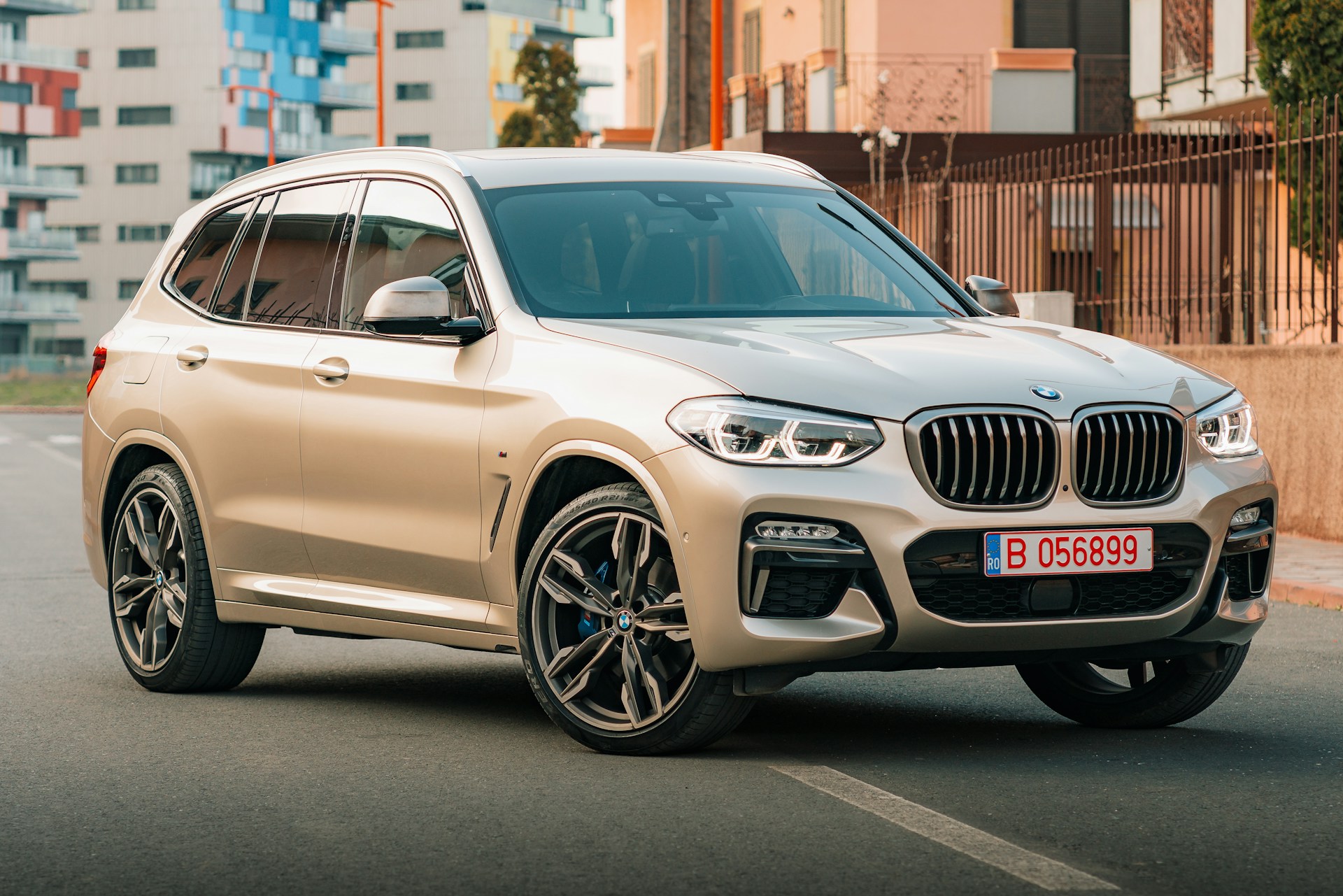BMW X3: The New Powerhouse with Updated Petrol and Diesel Engines
BMW’s new class, launching in 2025 with the electric iX3, is highly anticipated. However, BMW remains committed to giving customers the choice of driving combustion engines in the future. The X3 is a key player in this strategy.
The fourth generation of the mid-sized SUV is visually almost unrecognizable and has been completely redesigned. However, a closer look reveals significant carryovers from the current generation. The new look, combined with its actual increase in size, gives the 4.76-meter-long BMW X3 a more confident and larger presence. Compared to the successful previous version, the crossover, manufactured in Spartanburg, USA, and Rosslyn, South Africa, has grown by about three centimeters in length and width. The wheelbase remains the same at 2.87 meters, while the tracks have also widened. Interestingly, the height has been reduced by 2.5 centimeters. The front features new LED headlights with an updated light signature, while the rear license plate has been moved down to the bumper.
BMW X3 Now Ranges from 197 to 398 HP
The design maintains the classic BMW proportions, avoiding any radical changes to the front and rear for this volume model. In the heart of the brand’s lineup, ensuring a solid appearance is crucial. The interior space is ample in both the front and rear, with occupants enjoying a slightly curved display unit with 12.3 and 14.6-inch screens, familiar from other models. Customers can choose from fabric, synthetic, or real leather upholstery for the seats and door panels.
BMW’s strategy of offering both electric and combustion engine options in their lineup ensures that traditionalists and modernists alike can find a model that suits their preferences. The new X3 stands out with its bold design and technological upgrades, solidifying its place as a key player in BMW’s future.










